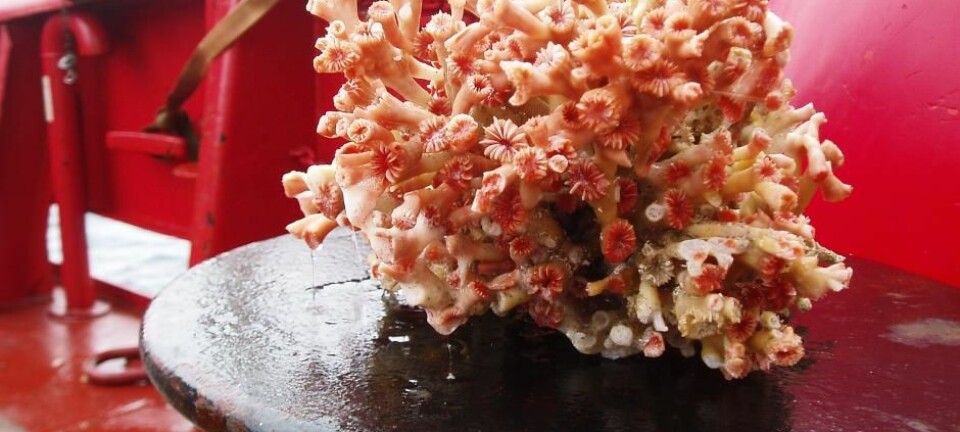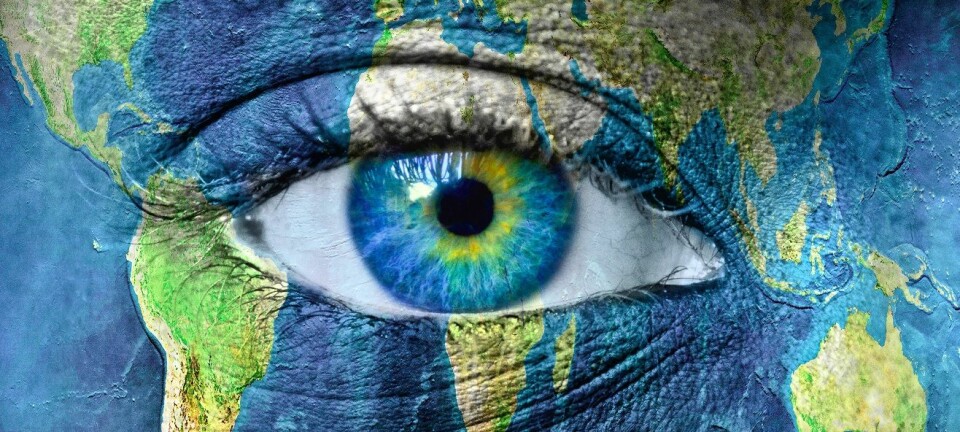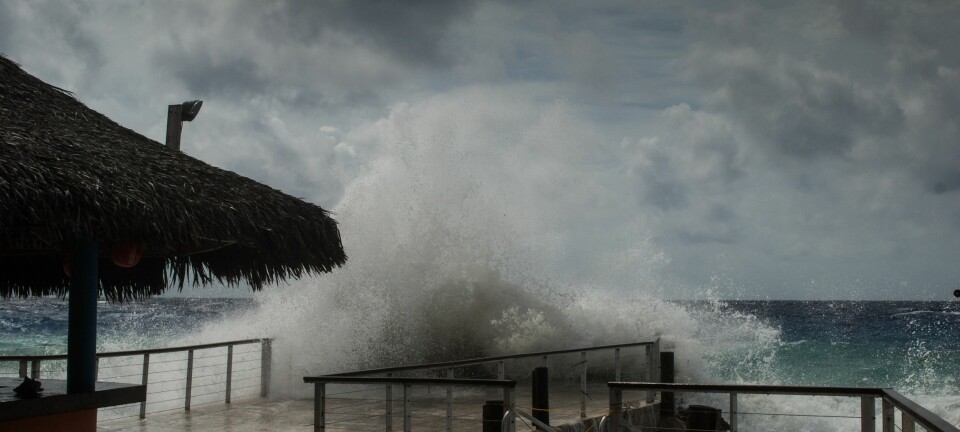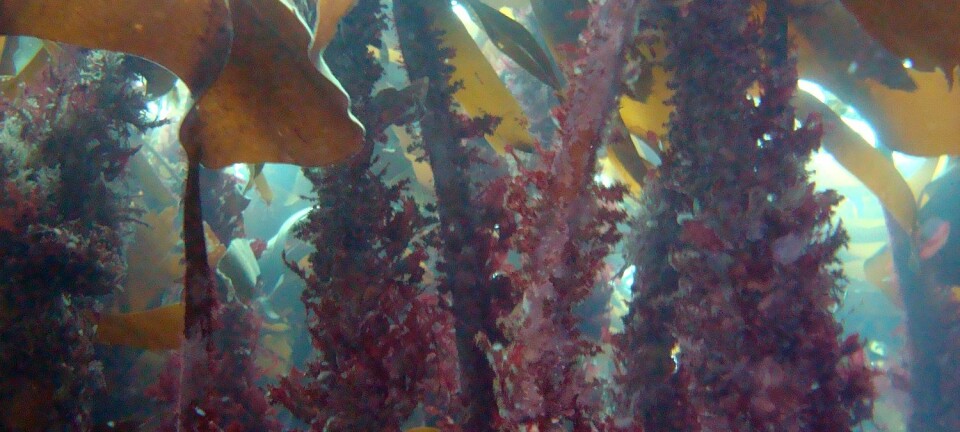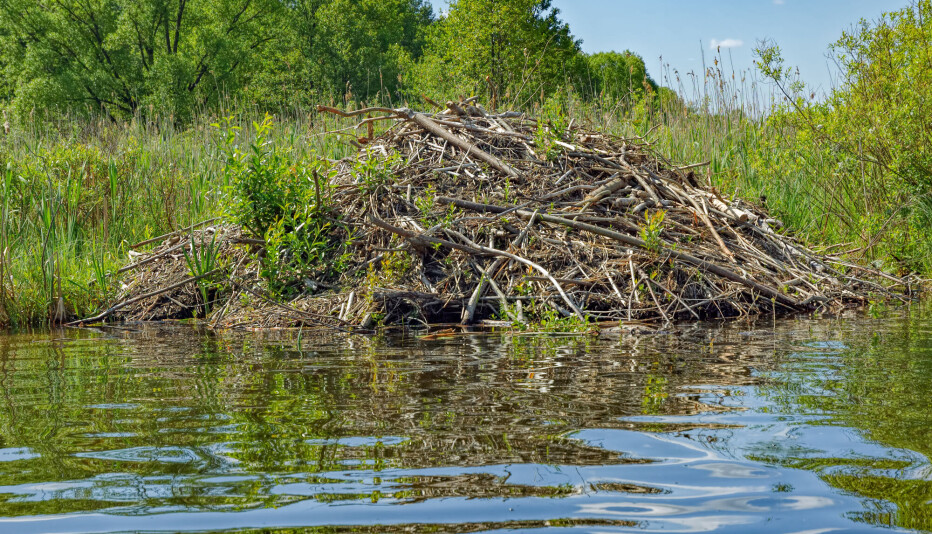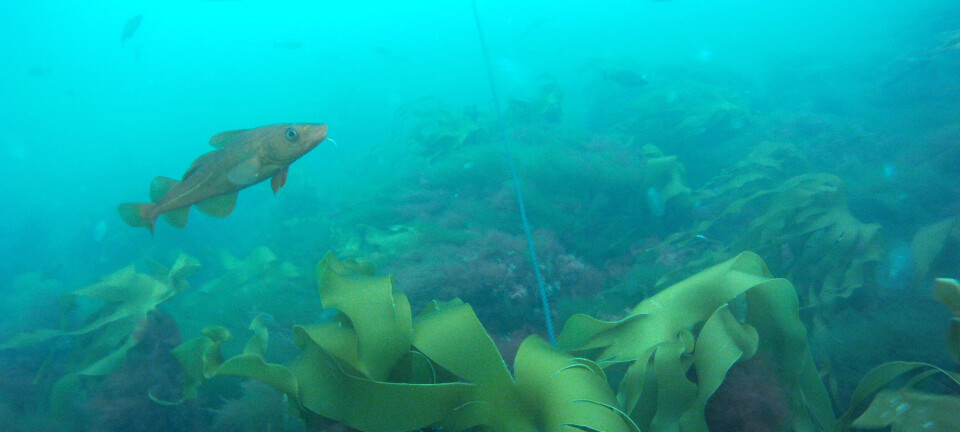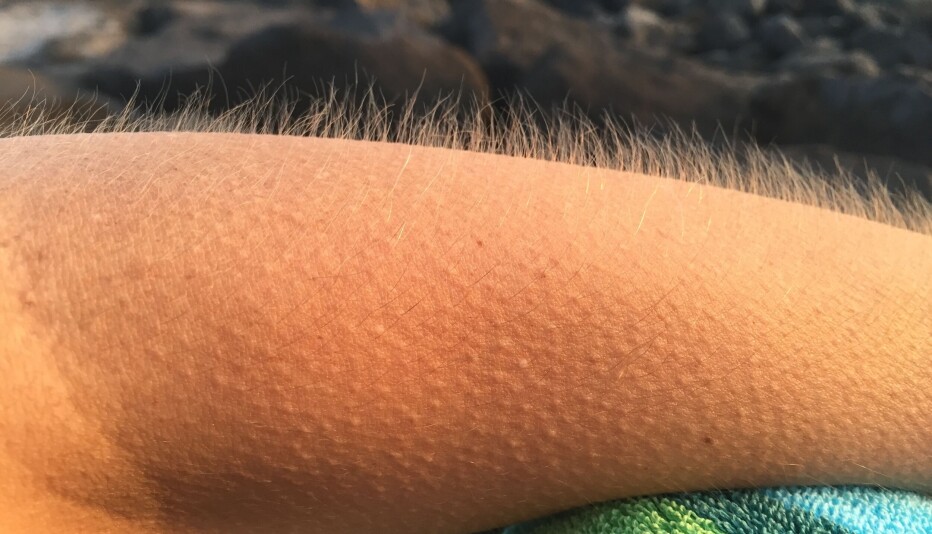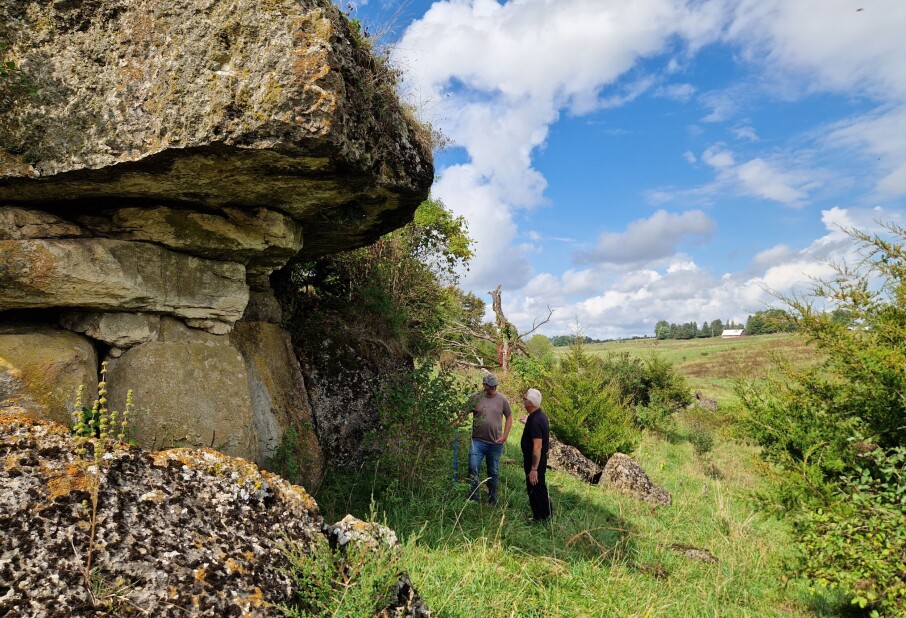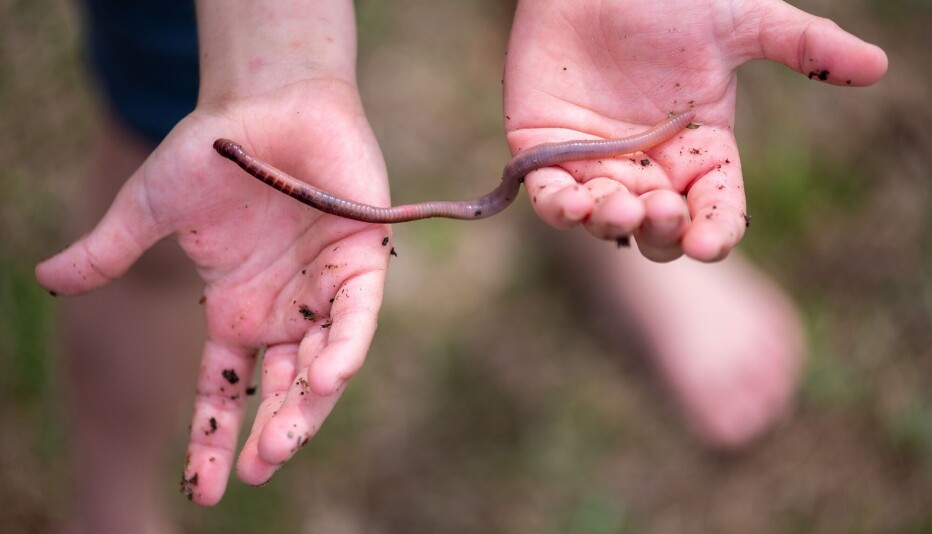
What the world can learn from Brazilian coral reefs
Unlike Australia, coral reefs in Brazil haven’t seen any mass mortality events related to bleaching so far. Could Brazilian corals hold the key to more resilient reefs?
We usually imagine coral reefs as underwater tropical wonderlands, bursting with life and living on a fragile balance.
While climate change and other human impacts are indeed threatening coral reefs on a global scale, not all corals are the same.
In fact, here in Brazil our reefs have very low diversity of coral species, but some of these species are only found here and they are pretty special.
Is Brazilian coral more resistant to climate change?
While many reefs have suffered from especially warm ocean temperatures in recent years, coral species in Brazil have been particularly sturdy. In fact, we haven’t seen any mass mortality events related to bleaching so far.
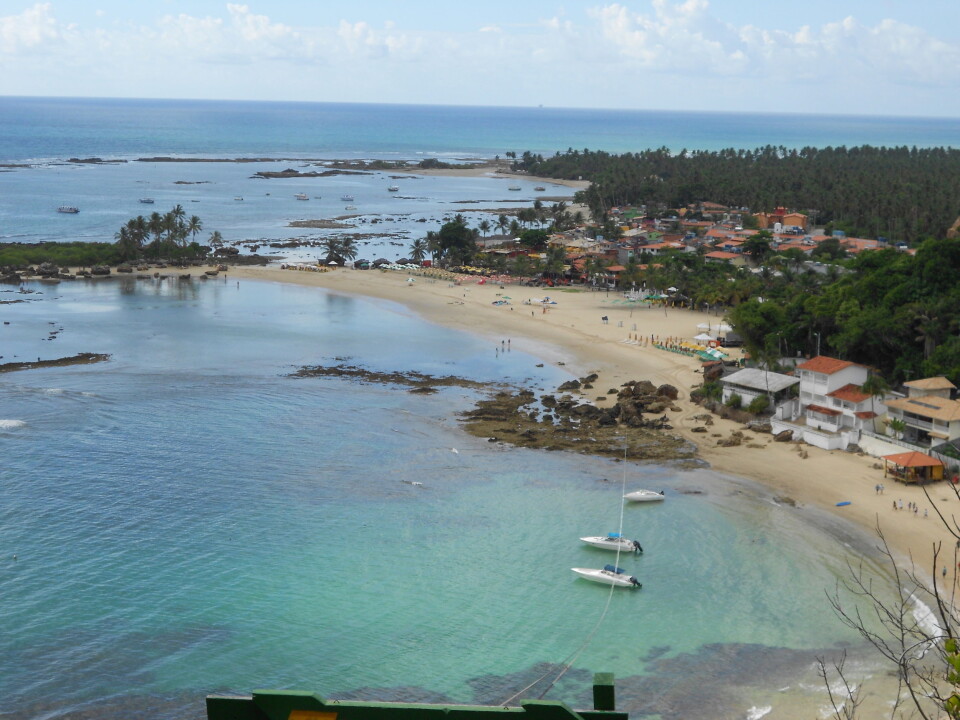
So, could Brazilian corals hold the key to more resilient reefs?
The natural conditions found in coral reefs in Brazil are unthinkable for many reef systems in the Caribbean or Indo-Pacific Ocean. Muddy sediment from the continent reaches our reefs on a daily basis, which would be enough to smother other coral species. However, years of evolution and adaptation have selected species in Brazil that are actually very efficient in removing grains of sediment that settle on top of the coral colony.
Such stressful conditions have toughened Brazilian corals in such a way that these species have been able to cope with other difficult situations and make it out relatively ok (at least so far).
We could lose 90 per cent of all coral reefs this century
The most recent report from the Intergovernmental Panel on Climate Change (IPCC) highlights the consequences of a rise in global temperature of 1 °C that has already happened. And it shows that limiting this increase to 1.5 °C has significantly less severe consequences than allowing it to reach 2 °C.
Even so, with a 1.5 °C increase in mean temperature, scientists estimate that coral reefs would decline by 70-90 per cent by the end of the century.
Coral reefs face a long list of threats, such as bleaching, increased diseases, dissolution of carbonate as the sea becomes more acidic, and even “drowning” if sea-level rises too much leaving reefs too far from the surface to receive sunlight.
It’s a bleak scenario. But it is still much better than the expected 99 per cent decline expected with an increase of 2 °C.
Beyond the tragic loss of these unique ecological habitats, it also has very real, practical consequences for us humans.
Natural breakwaters
Rising sea levels puts coastal communities at risk of increased erosion and flooding, especially considering the higher frequency and intensities of storms expected over the next years.
However, research in various parts of the world, including my own (unpublished) findings on coral reefs in Brazil, have shown that they can provide efficient protection against these coastal hazards. And fewer coral reefs means less shoreline protection for thousands of people. In fact, a recent study has shown that global flood damage could reach US$272 billion without reefs in extreme storm events.
But how can this generally fragile ecosystem be a strategic defense?
Reefs are formed by limestone, which is secreted from corals and other marine organisms. This three-dimensional structure can have various shapes and sizes depending on local conditions, the organisms that built the structure, the geological history of that site, and even human impacts to the reef.
If we take a barrier reef as an example it is easy to see the similarities between these structures and our man-made breakwaters that are built to protect shorelines.
The idea for both is basically the same: when waves encounter this obstacle on the seafloor, they pile up and break on top of the structure. When a wave breaks, most of its energy and height is dissipated, leaving only a milder version of the original wave to reach our shores.
Making coral reefs more resilient to global warming
So, protecting reefs and helping them to face the impacts of climate change is a pretty good idea!
One way to do this is to help the reefs become more resilient.
Resilience is a concept used in environmental sciences that refers to the ability of a system to continue functioning even when it has been disturbed.
This could be compared to your daily routine, where you have all sorts of responsibilities and obligations. You have to wake up early, go to school or work, keep your house in order, and so on. If you catch a serious cold (a disturbance), you will probably not have the energy to do all your chores and somethings will be neglected. If your cold goes on for too long, you will have a backlog of things to do and maybe some systems will fail – you just became less resilient.
However, if you are able to recuperate and regain your strength, your life can soon go back to normal. Just like Brazilian reefs having to deal with muddy sediments on top of all other things!
Local interventions matter
In the case of coral reefs, we have seen that in general they are at high risk of fading away. An important thing to take into consideration is that coral reefs will not simply die off from one day to the next. Their decline is continuous and varies from one reef to another.
So, taking local actions to increase their resilience could buy enough time for them to adjust and adapt to future warmer conditions, as shown in recent research. Even naturally stronger corals need help keeping their strength up. Though coral reefs in Brazil have not shown mass mortality due to bleaching events such as those observed in Australia, for example, they are not climate change proof.
For example, overfishing and pollution are well-known problems in coastal areas and are extremely harmful to coral reefs. But limiting these two stressors could allow the ecosystem to focus more energy to fight other impacts, such as recuperating from a bleaching event.
Keep calm and carry on
Despite the relative resilience of Brazilian corals, the future is not looking good, here as much as anywhere else. But limiting temperatures to 1.5 °C could make a significant difference.
The IPCC report sends a stark warning, but it also stated that some of the required actions to stay within the 1.5 °C limit are already underway across the globe. They just need to be strengthened and become more widespread.
Here in Brazil, this could be difficult. Environmental researchers have publicly demonstrated concern over future political actions led by the newly elected president, Jair Bolsonaro.
Mr. Bolsonaro is expected to nominate the future minister for the environment over the next few weeks. The nomination is under serious scrutiny after his controversial move to combine the ministries of the environment and agriculture, which was met with public outrage and eventually cancelled.
Despite the significant political obstacles and even though tackling climate change can seem an overwhelming task, we do have good tools at hand and strong allies underwater to help us get through it.
However, research on what makes one coral more resilient than another is still scarce, with much scientific effort directed towards recovering what has been lost and not enough attention paid to preventing losses.
In any case, taking local action, even if you live far away from coral reefs, plays a crucial role in improving environmental resilience. And healthier ecosystems means healthier communities.
----------------
This article is part of the Voices From the South theme at Forskning.no. Read the Norwegian version of this article at forskning.no and check out the theme page here on ScienceNordic for more articles written by scientists and researchers from the Global South.
Scientific links
- Carla I. Elliff & Iracema R. Silva. 2017. Coral reefs as the first line of defense: Shoreline protection in face of climate change. https://doi.org/10.1016/j.marenvres.2017.03.007
- IPCC. 2018. Global Warming of 1.5 °C.
- Michael W. Beck et al. 2018. The global flood protection savings provided by coral reefs. https://doi.org/10.1038/s41467-018-04568-z
- Simon A. Levin & Jane Lubchenco. 2017. Resilience, robustness, and marine ecosystem-based management. https://doi.org/10.1641/B580107
- Elizabeth C. Shaver, Deron E. Burkepile, Brian R. Silliman. 2018. Local management actions can increase coral resilience to thermally-induced bleaching. https://doi.org/10.1038/s41559-018-0589-0







